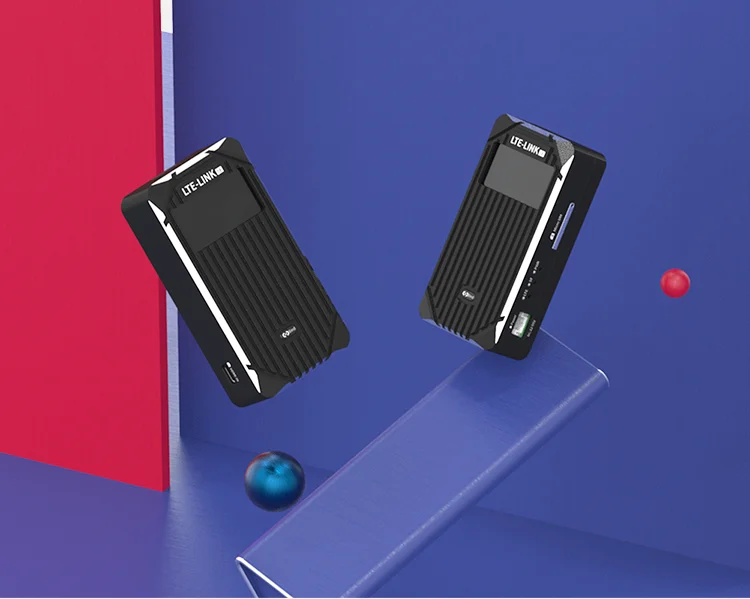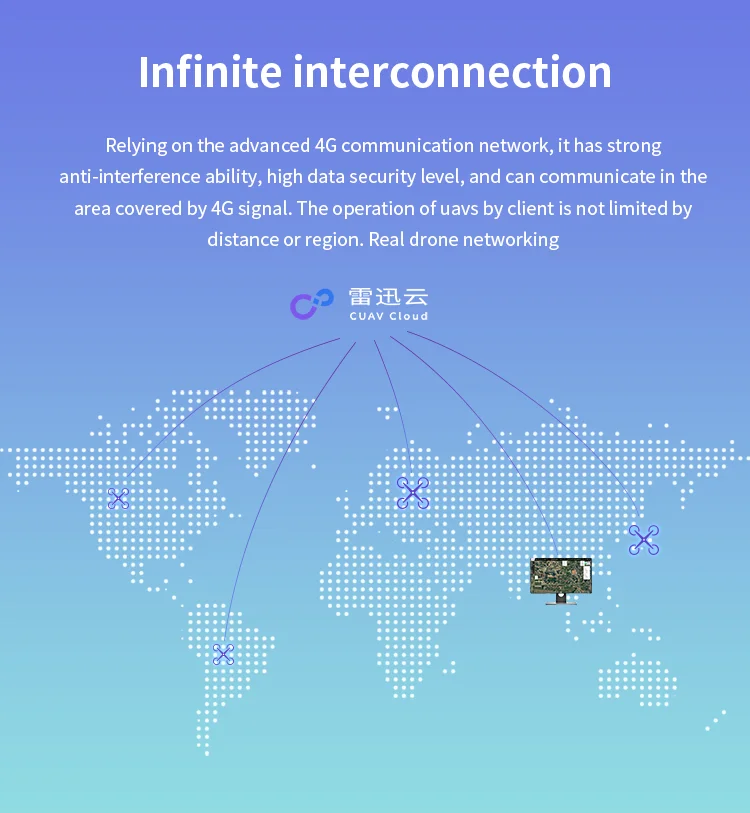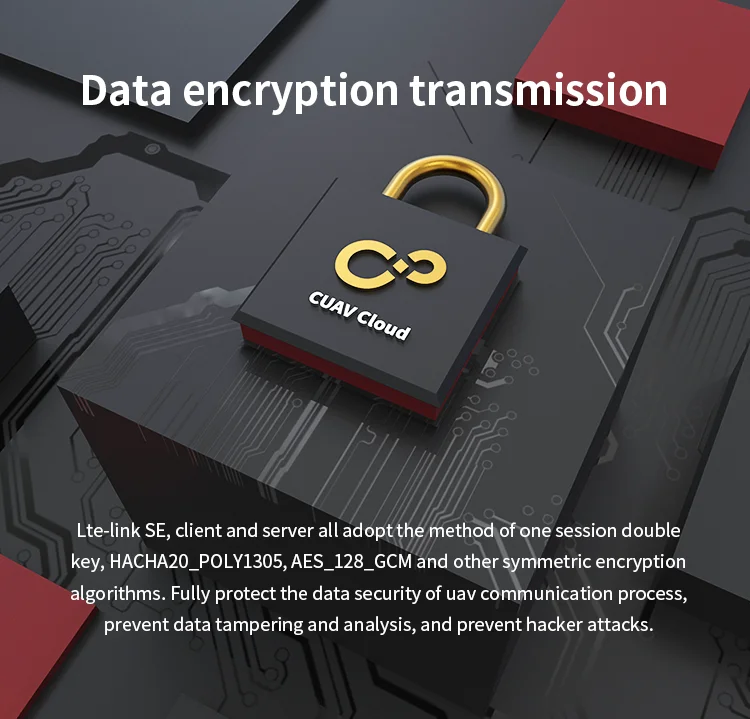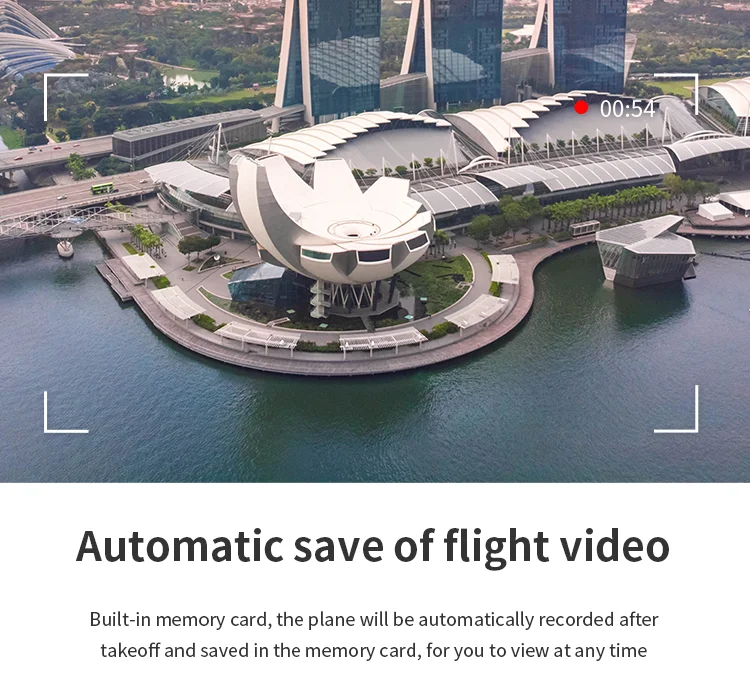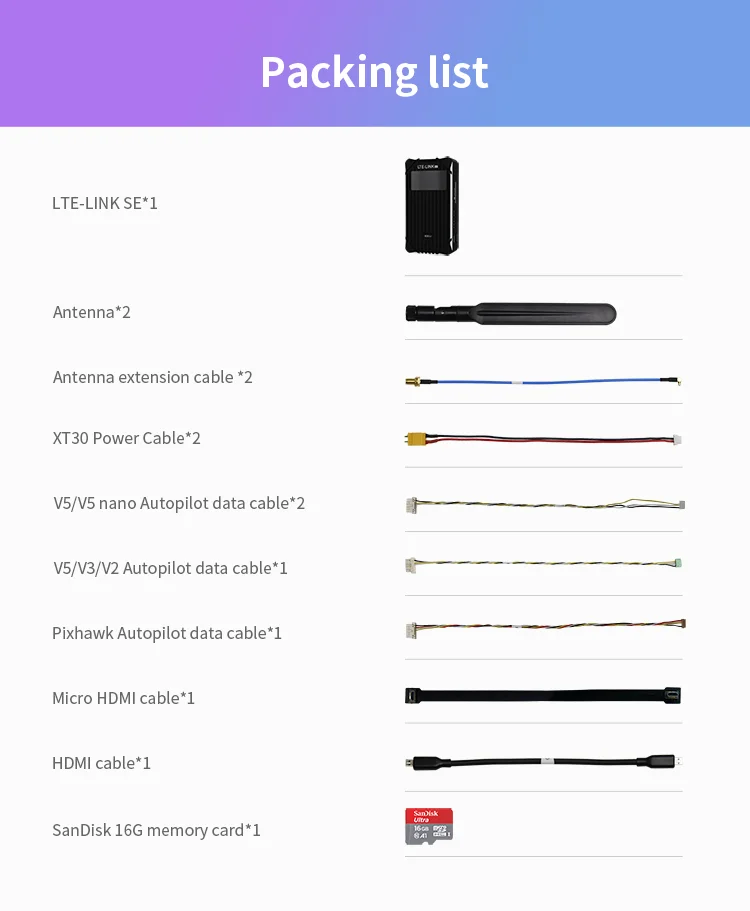- My Account
- Help
- Currency: USD $
-
Live Chat

If you are considering a purchase
Chat with Online Sales for more information before you purchase!

If you already made a purchase
Contact Customer Service for order status and other after-sales issues.
Submit a Request
Get 50 AM points coupon when you sign up for our newsletter
![]()
CUAV NEW Telemetry 4G LTE-LINK SE Data and Video Transmission
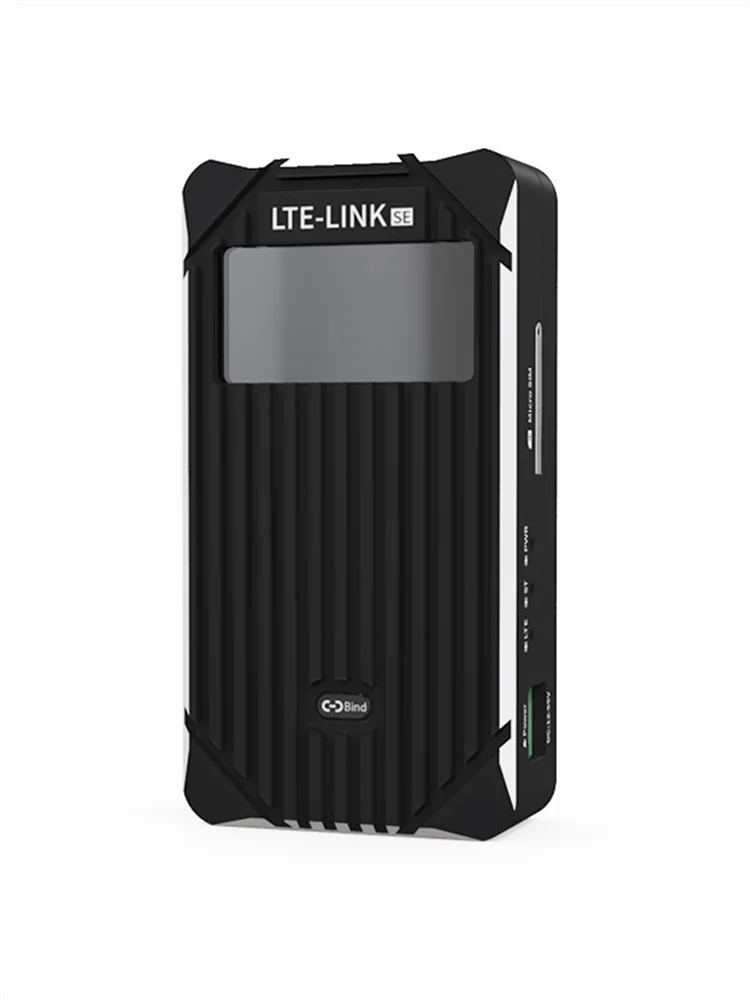


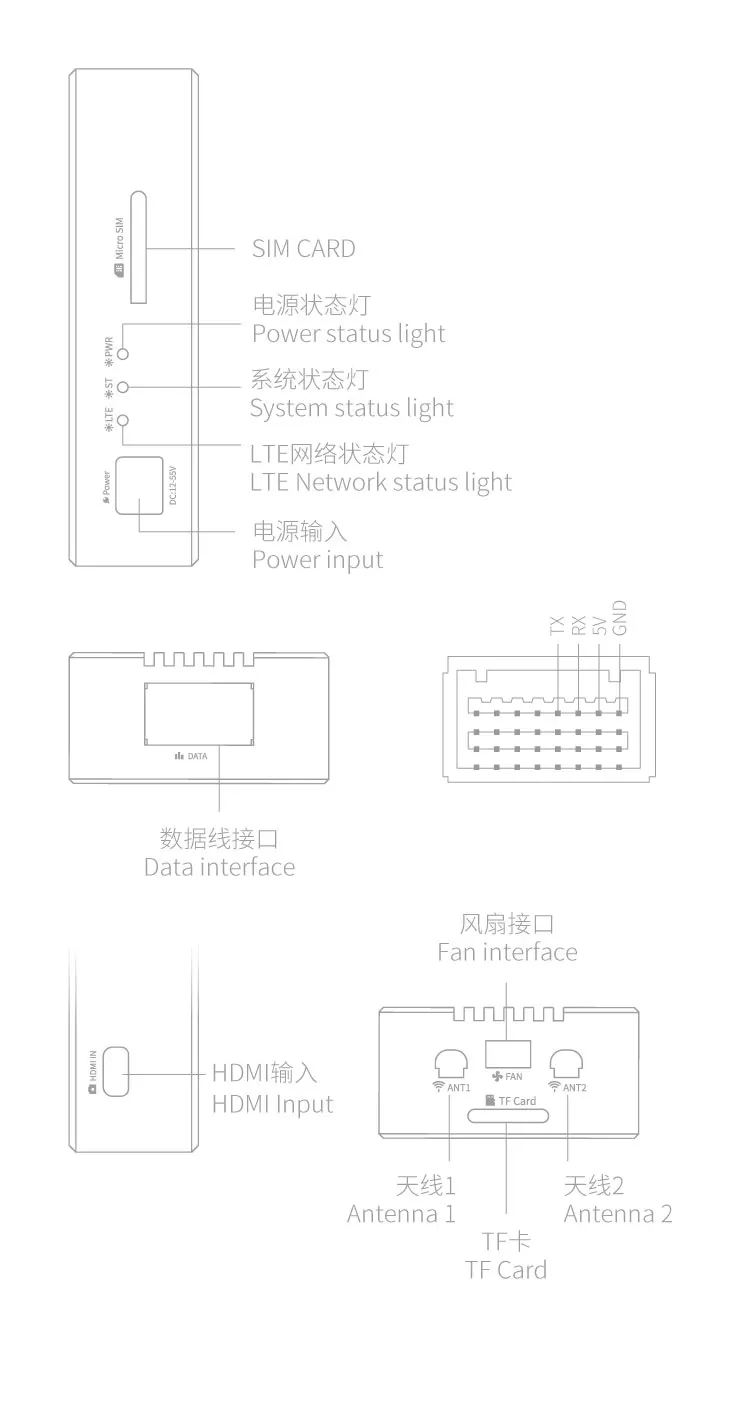



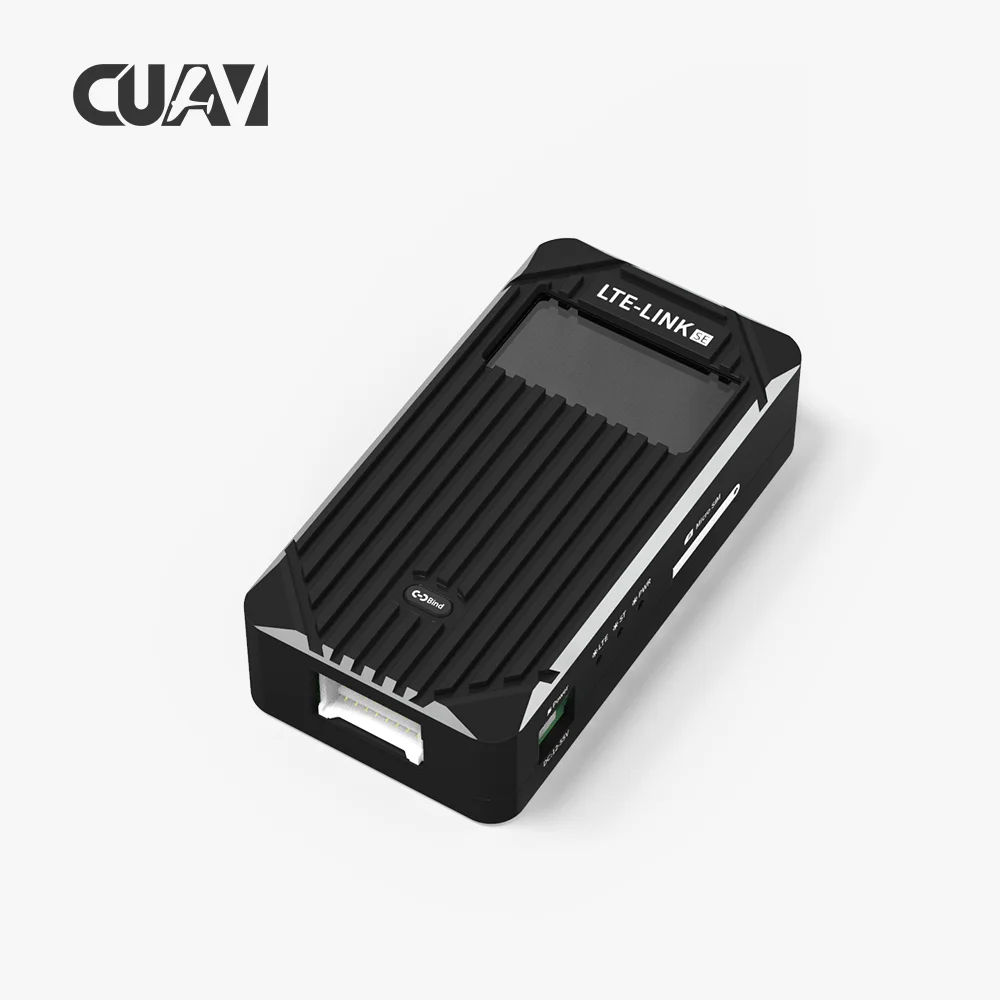


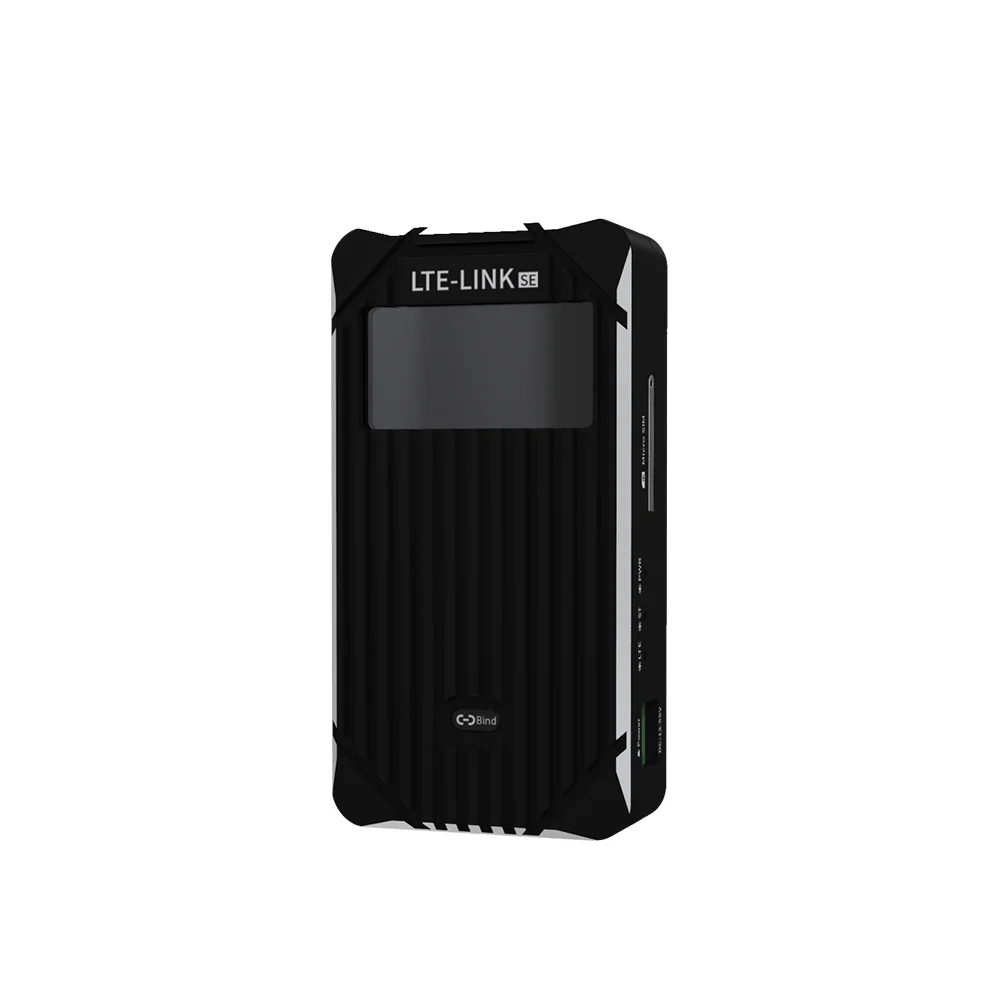
4G LTE is good enough for the vast majority of mobile users, and will be for some time. Logically, if or when True 4G or LTE Advanced becomes the norm, it will suffice for a time while mobile providers roll out 5G and so on. In telecommunication, Long-Term Evolution (LTE) is a standard for wireless broadband communication for mobile devices and data terminals, based on the GSM/EDGE and UMTS/HSPA technologies. It increases the capacity and speed using a different radio interface together with core network improvements. LTE is commonly marketed as “4G LTE and Advance 4G”, but it does not meet the technical criteria of a 4G wireless service, as specified in the 3GPP Release 8 and 9 document series for LTE Advanced. LTE is also commonly known as 3.95G. The requirements were originally set forth by the ITU-R organization in the IMT Advanced specification. However, due to marketing pressures and the significant advancements that WiMAX, Evolved High Speed Packet Access and LTE bring to the original 3G technologies, ITU later decided that LTE together with the aforementioned technologies can be called 4G technologies. The LTE Advanced standard formally satisfies the ITU-R requirements to be considered IMT-Advanced. To differentiate LTE Advanced and WiMAX-Advanced from current 4G technologies, ITU has defined them as “True 4G”. It is the next-generation industrial drone communication system, which can not only realize 4G or even 5G public network communication, but also expand 4G LTE private network communication, thus realizing unlimited connection of real drones.
Relying on the advanced 4G LTE/5G network and the Internet, mobile phone signals can be interconnected, regardless of regional, regional or even national restrictions. There is almost no co-channel interference and obstacle restrictions.
Support multi-device binding and interconnection A CUAV universal standard account can support up to 12 LTE-LINK terminals simultaneously binding. Users can log in to the CUAV GS ground station via mobile phone or computer to control and manage one or more drones of their own. Via UAV-HUB platform to view the location and information of the drones in the group in real time, meeting the needs of most enterprise drones.



-

XK 1.4G WIRELESS VIDEO TRANSMITTER 1W XK-F142THS
0 -

UAV Swiftlink T900 Radio Telemetry – 200km Data Transmission (Complete...
0 -

UAV Swiftlink P37 5W 1.4Ghz 100km Wireless Data/Video Transmission System...
0 -

UAV Swiftlink P43 20W 1.4Ghz 200km Wireless Data/Video Transmission System...
0 -

UAV Swiftlink P40 10W 1.4Ghz 150km Wireless Data/Video Transmission System...
0 -

UAV Swiftlink P46 40W 1.4Ghz 300km Wireless Data/Video Transmission System...
0








